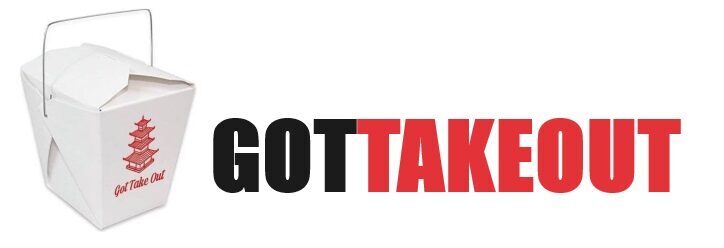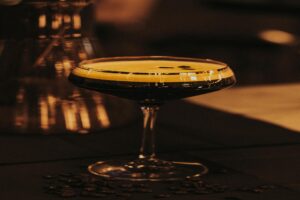A Wine Lover’s Guide
Riesling is a dynamic white wine that can range from bone-dry to delightfully sweet, making it a favorite among wine enthusiasts. However, recognizing where a bottle falls on this spectrum isn’t always straightforward. In this guide, we’ll break down the key ways to determine whether a Riesling is dry or sweet so you can confidently select one that matches your taste.
The Sweetness Spectrum of Riesling
Unlike some wines that maintain a consistent flavor profile, Riesling varies widely in sweetness based on winemaking techniques, grape ripeness, and fermentation processes. Understanding these factors can help you make an informed choice.
How to Determine Riesling Sweetness
Here are some useful indicators to help you differentiate between dry and sweet Rieslings:
1. Read the Label for Key Terms
Many Riesling bottles provide helpful labeling clues regarding their sweetness level:
Dry (Trocken in Germany): These wines contain little to no residual sugar, offering a crisp taste.
Off-Dry/Semi-Sweet (Halbtrocken in Germany): A balanced choice with a slight sweetness and refreshing acidity.
Sweet (Spätlese, Auslese, Beerenauslese, Trockenbeerenauslese): These classifications indicate varying levels of sweetness, from lightly sweet to rich and dessert-like.
2. Check the Alcohol Content
Alcohol by volume (ABV) can provide insight into a Riesling’s sweetness level:
Higher ABV (12% or more): Typically dry, as most of the natural sugars are fermented into alcohol.
Lower ABV (Below 11%): More likely to be sweet, with residual sugar adding to the flavor profile.
3. Look for a Sweetness Indicator
Some Riesling producers include a sweetness scale on the bottle, ranging from dry to sweet, making selection much easier.
4. Consider the Wine’s Origin
Germany: Known for strict classification, where Kabinett is the driest of the Prädikatswein categories, and Trockenbeerenauslese is the sweetest.
France (Alsace): Produces predominantly dry Rieslings with bright acidity.
United States (Washington, New York): Offers a mix of dry and sweet Rieslings, often clearly labeled.
Australia (Clare and Eden Valleys): Recognized for their intensely dry Rieslings.
5. Trust Your Taste Buds
If you’re still unsure, the best way to determine a Riesling’s sweetness is to taste it. Dry Rieslings will have a crisp acidity and a clean finish, whereas sweeter Rieslings will feature fruitier notes with lingering sweetness.
Conclusion
Whether you prefer a dry and refreshing Riesling or a rich and sweet one, understanding labeling terms, alcohol content, and regional styles will help you make the right choice. Use these tips next time you shop for Riesling and enjoy finding your perfect match!




